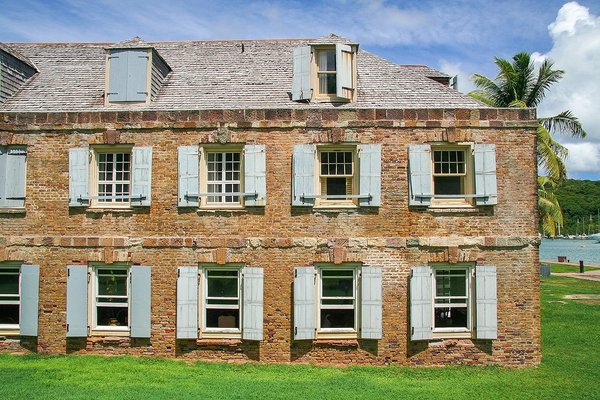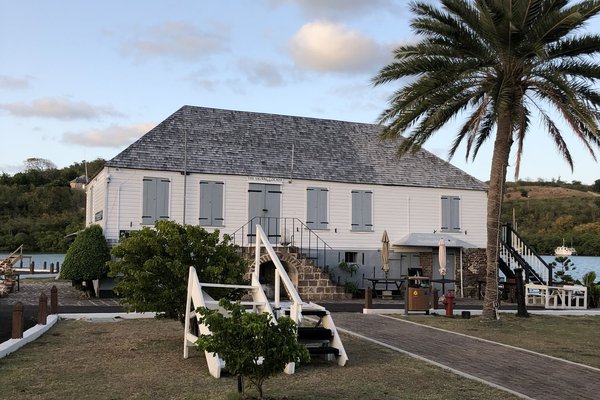Antigua and Barbuda
Antigua Naval Dockyard
The Antigua Naval Dockyard and Related Archaeological Sites are late 18th- early 19th-century defensive structures made by the British Navy.
They were built in an ideal natural setting, around a series of bays known as the English Harbour. Enslaved laborers from plantations in the vicinity were sent to work on the dockyard. A wide range of buildings has survived. They were built in the Georgian style, with some modifications for the tropical climate.
Community Perspective: the site gets mixed reviews, but it is probably the only place of historic interest in Antigua. The dockyard area is now mostly used for modern shops and restaurants, which scream “tourist trap”. Dow's Hill Interpretation Centre and Shirley’s Heights both have good views of the harbour and the short hike out to Fort Berkeley is recommended as well.
Site Info
Official Information
- Full Name
- Antigua Naval Dockyard and Related Archaeological Sites (ID: 1499)
- Country
- Antigua and Barbuda
- Status
-
Inscribed 2016
Site history
History of Antigua Naval Dockyard
- 2016: Revision
- On Tentative List as 'Nelson's Dockyard'
- 2016: Inscribed
- Inscribed
- Type
- Cultural
- Criteria
- ii
- iv
Links
- UNESCO
- whc.unesco.org
- Official
-
- nationalparksantigua.com — Nelson's Dockyard
- Related
-
- antiguahistory.net — Nelson's Dockyard National Park
- visitantiguabarbuda.com — Antigua and Barbuda Tourism Authority
All Links
UNESCO.org
- whc.unesco.org — whc.unesco.org/
Official Website
- nationalparksantigua.com — Nelson's Dockyard
Related Resources
- antiguahistory.net — Nelson's Dockyard National Park
- visitantiguabarbuda.com — Antigua and Barbuda Tourism Authority
Community Information
- Community Category
- Secular structure: Military and Fortifications
Travel Information
Recent Connections
-
Perfect Inscriptions
2016 -
Foreigner prices
ADMISSION - US $8 for visitors, US $3 o… -
Slow Starters
Antigua 1983 - 2016: 33 years (record)
Connections of Antigua Naval Dockyard
- Geography
-
-
Caribbean Sea
-
Located in a microstate
Antigua & Barbuda (440km2 / 91,295 inhabitants) -
Situated in one of the SIDS
Antigua & Barbuda
-
- Trivia
- Architecture
-
-
Georgian Architecture
"The site consists of a group of Georgian-style naval buildings and structures" (UNESCO)
-
- World Heritage Process
-
-
Perfect Inscriptions
2016 -
Only WHS in their country
Antigua & Barbuda -
First inscriptions
Antigua & Barbuda 2016 -
Slow Starters
Antigua 1983 - 2016: 33 years (record)
-
- Human Activity
- Timeline
-
-
Built in the 18th century
In 1743 the British navy began to build a major dockyard facility (AB ev)
-
- Visiting conditions
-
-
Foreigner prices
ADMISSION - US $8 for visitors, US $3 or EC $8 for locals.
-
News
No news.
Recent Visitors
Visitors of Antigua Naval Dockyard
- Adrian Turtschi
- Alberto Rodriguez Gutierrez
- Alejandro Lau
- Alexander Barabanov
- A. Mehmet Haksever
- Ammon Watkins
- Ana
- Ask Gudmundsen
- Atila Ege
- Bill Maurmann
- Bram de Bruin
- brornt
- ChrisN
- Christoph
- Christravelblog
- Cobaltrage
- David Aaronson
- Don Irwin
- DonQuijote
- Dorejd
- DouglasR
- edstar500
- Eva Kisgyorgy
- Fmaiolo@yahoo.com
- George Gdanski
- GeorgeIng61
- GerhardM
- giloudepuertorico
- Harald T.
- Harry Mitsidis
- Iain Jackson
- Javier Coro
- Jay T
- Jon Opol
- Kevin247
- Kjlauer
- laris.kowal
- Linz
- Little Lauren Travels
- Loic Pedras
- Luis Filipe Gaspar
- Matthewsharris
- Michael Novins
- michaelsballard
- Michael Turtle
- Mikko
- Nicolas
- Nihal Ege
- Pat Martin
- Patrik_globe
- PeterA
- pghgeekgrrl
- Philipp Leu
- Piotr Wasil
- Randi Thomsen
- Reisedachs
- Roger Ourset
- Solivagant
- Stan
- Svein Elias
- TheTravelingRanger
- Thomas Buechler
- Tim Allen
- Timothy C Easton
- tony0001
- Zoë Sheng
Community Reviews
Show full reviews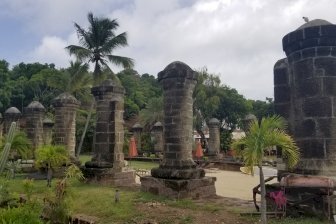
History of the Caribbean is not in our curriculum, and I wonder if it is on any even in the Caribbean. The main thing people know is probably pirates, and maaaaybe that Columbus landed here instead of the main Americas continent. The importance of the Nelson dockyard is thus way beyond what I know and I need a lot of research for this site. In truth I didn't so maybe that's a big negative thing but also should I really need to spend so much extra time? In fact the site is proudly saying the dockyard is a great example of a British naval yard from the 18th century but the site is much more than that. 255 hectares of archeological sites. Only visiting the Nelson dockyard is thus not enough. Without transportation it is not ideal to get around though, not even the interpretation center. The bus (#17) goes from the West bus station in St John's directly to the entrance of the dockyard, called English Harbor. It is also super cheap, barely $1.50 (3.75 EC I believe). The buses are frequent and go back to town all day.
The dockyard area (21 EC entrance ticket) is unfortunately a big waste of time. It has some old houses, most used for modern shops and restaurants, which is almost shocking for being declared a world heritage site, but maybe I am just under the impression that having paid an entrance fee I am supposed to get "ruins" and "museum" …
Keep reading 0 comments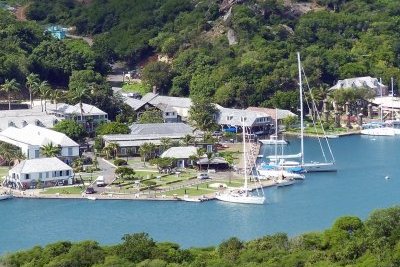
The hurricane season in the fall of 2017 was awful in the eastern Caribbean, and unfortunately devastated the island of Barbuda; in better news, however, the neighboring island of Antigua was not heavily damaged by the storms. I visited the Antigua Naval Dockyard (also known as Nelson's Dockyard)during a Caribbean cruise in the fall of 2016, and was pleased to hear in 2017 the dockyard made it through the storms. The first stop I made was to the Dow's Hill Interpretation Centre, located above the harbor. The center did not yet have a World Heritage Site plaque erected, but they did provide a film showing the history of the English Navy in the Caribbean. The views of the harbor from both the center and nearby Shirley Heights were incredible. After descending to the dockyard, I took in the serviceable dockyard museum and then walked around the restored buildings, of which the ruins of the old boat house were the most interesting. I also enjoyed the short hike out to Fort Berkeley, one of two forts guarding the entrance to the harbor. When on Antigua, this World Heritage Site is definitely worth visiting.
Logistics: Antigua Naval Dockyard is located in English Harbour, on the south side of Antigua, and can be reached via private transportation or by tour.
Keep reading 0 comments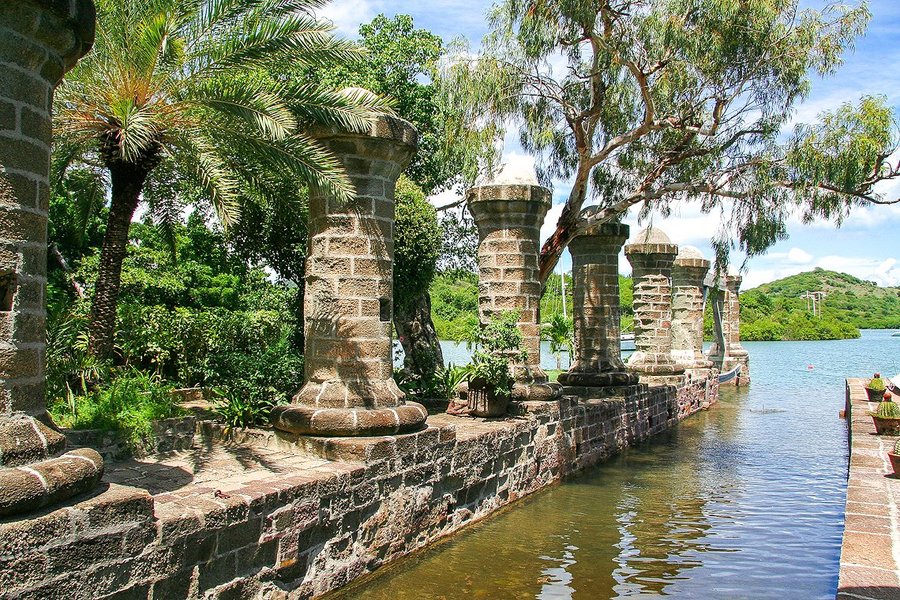
Visited May 2017. Definitely worth the trip across the island for anyone interested in the British Navy during the 18th and 19th centuries. Many of the buildings from that era are still in existence and they have an nice museum detailing the history of the dockyard. Make sure to take a ride up to Shirley's Heights for the best view on the entire island.
Keep reading 0 comments
Nelson’s Dockyard is Antigua’s main historic “attraction” (excluding its now sadly decaying old cricket ground!) so inevitably we visited it during a stopover there in Jan 2012 even though it didn’t then appear on either UNESCO’s Inscribed or T List. Somehow we had the feeling that it could be “fattened up” to become Antigua’s first WHS nomination – so it was a pleasant surprise just a few days later to discover that it had indeed been made Antigua’s sole T List entry!
Looked at objectively, it is an amazing relic from the days of sail dating back to the later 18th Century. A superb natural and easily defendable double harbour (“English Harbour”) was turned, under the management of Nelson in his pre Napoleonic War days, into the most significant “state of the art” forward shipping base in the Caribbean. It gave the British Navy an enormous advantage over the other colonial powers who, lacking such a facility for ship servicing, careening, revictualling etc were even less able to compete. It continued in this role through the 19th century and even acquired a minor “palace”, Clarence House, for one of Queen Victoria’s sons who mad a career in the navy and was in charge in Antigua – and through to late colonial days this house was used as a “hideaway” by UK royalty. Later however the complex was gradually decommissioned as wooden sailing ships gave way to iron hulled steam and coal bunkering etc became far more important. Thus many of …
Keep reading 0 comments
